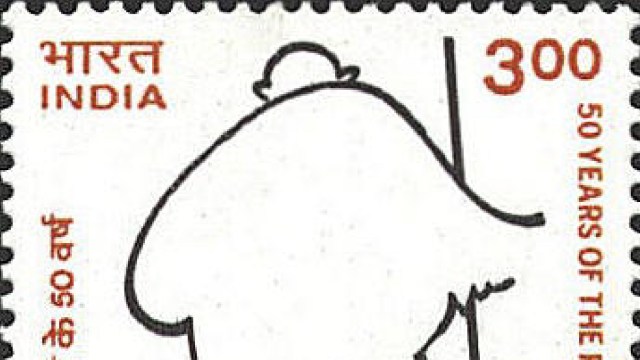375 – Europe Beyond ASCII

n
“Thanks to Unicode and OpenType, modern fonts are overcoming thelimitations of traditional European typography. The size of the countries on this map does not correspond to their geographical area, but to the foreign language level of their official languages in Unicode – in this instance FontFonts (FF). A standard OT font from the FontFont library covers the yellow regions, FF-Pro fonts also support CE languages, including Turkish, Romanian and the Baltic languages (green). Well-equipped FF-Pro fonts also include Greek (pink) and/or Cyrillic (pink) characters. The legend shows a selection of typical characters for these languages.”
n
If you think fonts are for baptisms, or more generally, if you’re not into typography, the above paragraph might as well not have been translated from its original German. Some vocabulary, to get us up to speed:
n
- n
- Font: a complete set of letters, numbers and other characters that would be needed to typeset any text. A font is specific as to size (e.g. 10 or 12 points) and style (e.g. upright, bold, italic). Courier 12 point italic is a different font from Courier 10 point bold.
- Typeface: a ‘family’ of one or more related fonts. The aforementioned fonts belong to one typeface, Courier.
- Typography: the art of designing and arranging typefaces, the artists being graphic designers, typesetters, lay-outers, etc.
- Unicode and OpenType: computer industry standards encompassing most of the world’s alphabets, thus allowing for consistency in the representation of scripts other than one’s own.
- FontFont:a major library for digital typefaces, the name of each of them starting with with FF-.
- ASCII: short for American Standard Code for Information Interchange, a coding standard consisting of 94 printable characters, based on the English alphabet and much in use on the internet, for example.
n
n
n
n
n
n
n
This map, quite simply put, distorts the size of countries proportionate to the ‘distance’ of their writing systems to ASCII code. Countries with a lot of ‘exotic’ characters are biggest, while countries adhering closely to the ‘regular’ western (i.c. English, i.e. Latin) alphabet, are normal-sized. The legend on the left of the map shows some of the diacritical signs and special letters ‘added’ to the ASCII (English) alphabet in other European languages. Each diacritical sign and special letter has a story to tell. Here are just a few of those:
n
The Icelandic letters eth (ð, Ð) and thorn (þ, Þ), both also occurred in Old Anglo-Saxon (where they were used interchangeably). An Icelandic eth is a voiced dental fricative similar to the modern English th-sound (in ‘them’, for example), while thorn is a voiceless dental fricative as in ‘thick’. The letter eth disappeared from English around 1300, the thorn holding out until about 1500.
n
The cedille is a hook-shaped appendage, most familiarly used under a -c- (ç), representing (in French, Portuguese and Catalan) an s-sound where a written -c- would otherwise presuppose a k-sound. Its Spanish name – cedilla – is a clue to its curious origin, as a Visigothic zed minuscule: cedilla means little ceda (zeta). C-cedille is also used in Albanian, Kurdish and Turkish (plus related languages) to represent the voiceless postalveolar affricate ch- as in ‘church’.
n
Remarkably, the map not alone provides an Atlantic alphabet (identical to Greek), it also shows an outline of Atlantis itself — a very oblique way of announcing its oft-posited existence (most recently earlier this year, when Google’s new ocean-surface viewing service Google Ocean turned up a submarine grid of surprising regularity).
n
The map is dominated by Russia, due to its original size and the distance between Russian and ASCII, and, by extension, Eastern Europe. Western European and Scandinavian languages apparently deviate less from ASCII. Another font-giant is Greece, which is ironic: the Greek at the origin of all European alphabets, be they Latin, Cyrillic or otherwise. One could rightly consider those as deviations from the original Greek alphabet (the two first letters of which are still called alpha and beta).
n
Many thanks to Derek Jensen for sending in this link to Fontblog, a German-language typography page.
n





